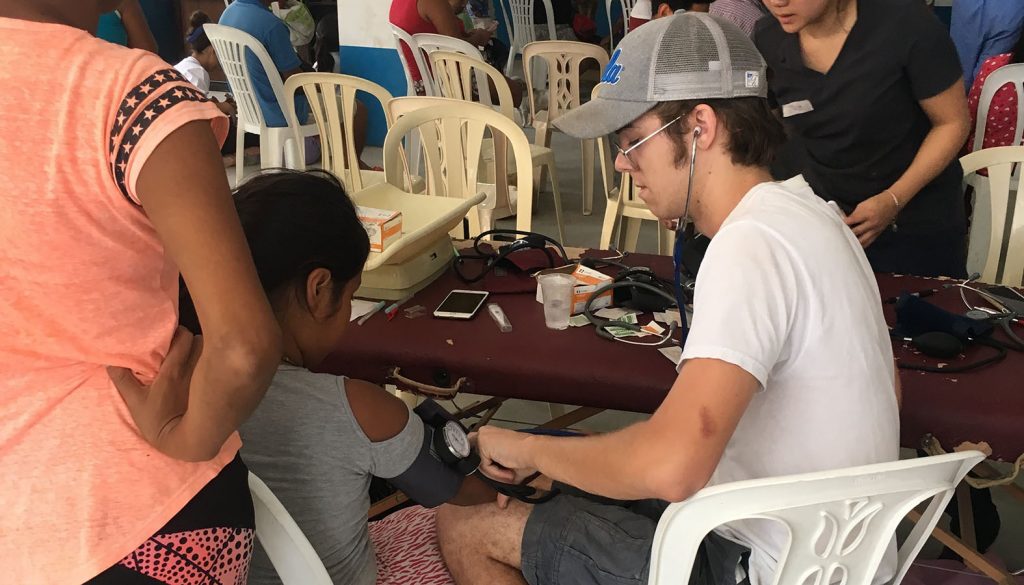To get an idea of what parents need to raise compassionate children, I asked friends for their input. I received so many responses filled with good experiences and solid advice that I needed to explore their ideas in a second article.
In part one, I said compassion is about justice, and explained that it recognizes each person’s human dignity and rights. We show compassion by how we treat others and how we allow others to be treated. As our children move into middle and high school, they become more capable of understanding what that compassion looks like, in their own lives and in the wider world.
A youth minister friend shared her family’s experience of teaching and learning compassion through adolescence: “We made sure that each of our kids went on a mission trip. Our two boys traveled to Nazareth Farm to work in homes in the middle of Appalachia. My daughter chose to be part of a school building project in Nicaragua. It was great to experience these service trips together.” This family meets up with another family to serve at a local soup kitchen and they have all worked shifts at a Sunday Supper outreach. The youth minister said, “My kids, who are now adults, have embraced volunteerism in their adult lives and all participate in direct service opportunities.”
Another friend advised that acting locally can be a powerful way to put compassion into action. “You can go observe a local need and you will likely receive specific feedback and reinforcement from seeing your impact — serve sandwiches, collect books, donate time.” She also recommended not reserving service just for Thanksgiving and Christmas. “I wanted my kids to serve not because the calendar says it is time to do it, but just because that's what we do. It is a habit.”
As adolescents become capable of more abstract thought —they can think about their own thinking — they get better at understanding how institutions and systems can help or harm. They begin to understand that compassion can take on a larger scope. Hands-on service is still vital to the process of personalizing compassion for teens. It helps young people see up close the difference that compassion can make. But at this stage they can start to see that caring about human dignity also means asking, “Why are these people in need?” They can understand that racism, sexism, and poverty all have systemic roots that cry out for transformation.
Family conversations about systemic change need not turn into lectures, and compassion in action is still the best teacher of young people: both hands-on service and advocating for change. My own experience of bringing young people to the refugee outreach showed me that when young people see others in need, more often than not, they start asking all the right questions.
We’d play soccer together and one of my youth group kids would inevitably ask, “Why are these kids playing soccer in dress shoes and flip flops? Don’t they have sneakers?” The questions easily led to conversations about what a refugee is, what it must feel like to lose your home or have to leave your country, and what it’s like to show up in a new country with only the clothes on your back. Without fail, the next time that kid came to the refugee outreach they would have gone to their closet and gathered their outgrown sneakers or gotten their parents to take them shopping for new things to bring.
If you’re looking for teachable moments for your children, start close to home. Your own neighborhood, extended family, or town can be a good first step. Rather than trying to do multiple projects, aim to develop a relationship with an organization that will help your family get to know not just what the needs are, but also why the needs exist. Often those organizations have good ideas about advocacy as well.
Empowering our kids to meet immediate needs and then follow up to help change a situation is one of the best ways we can teach compassion. The world is certainly in need of it.

